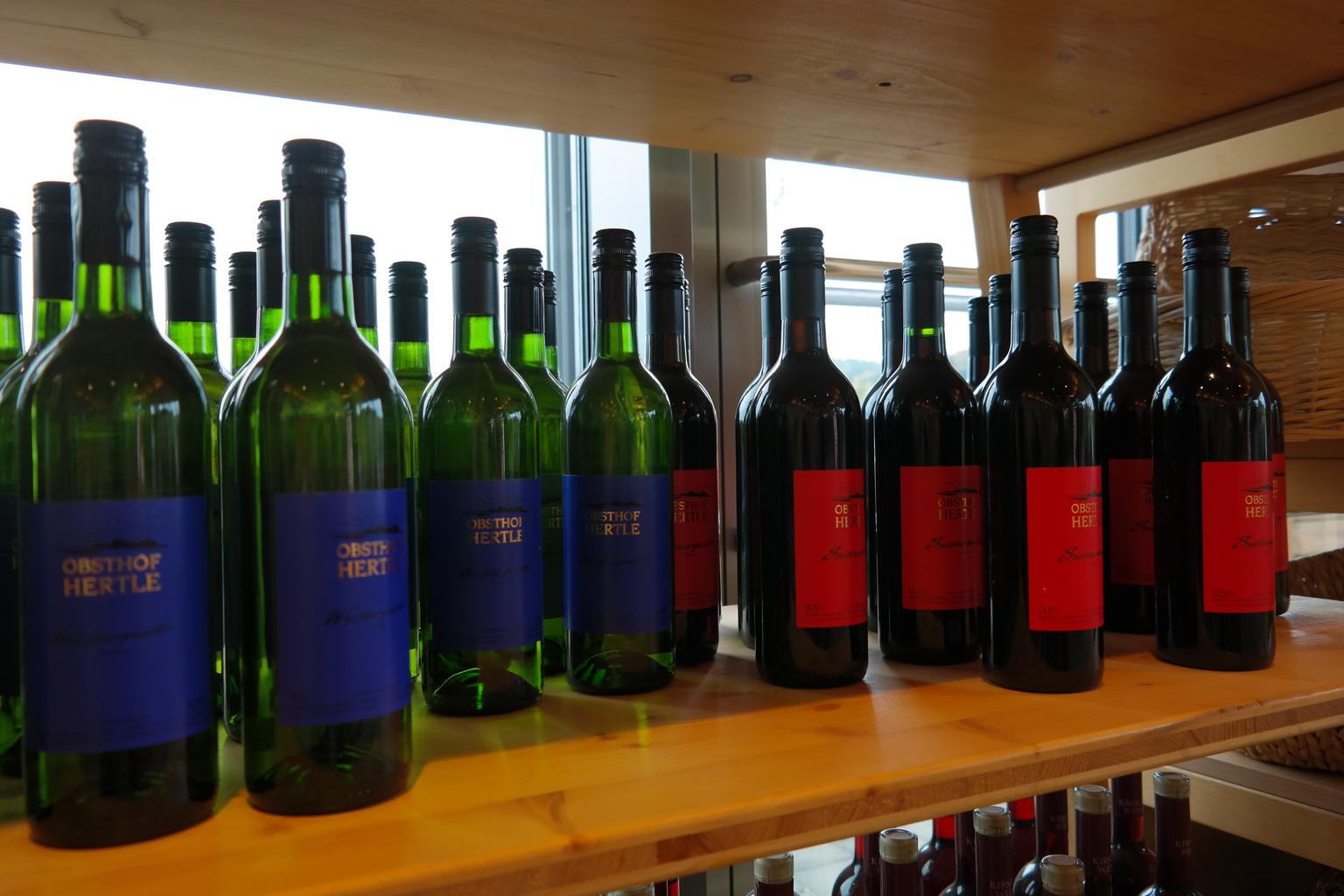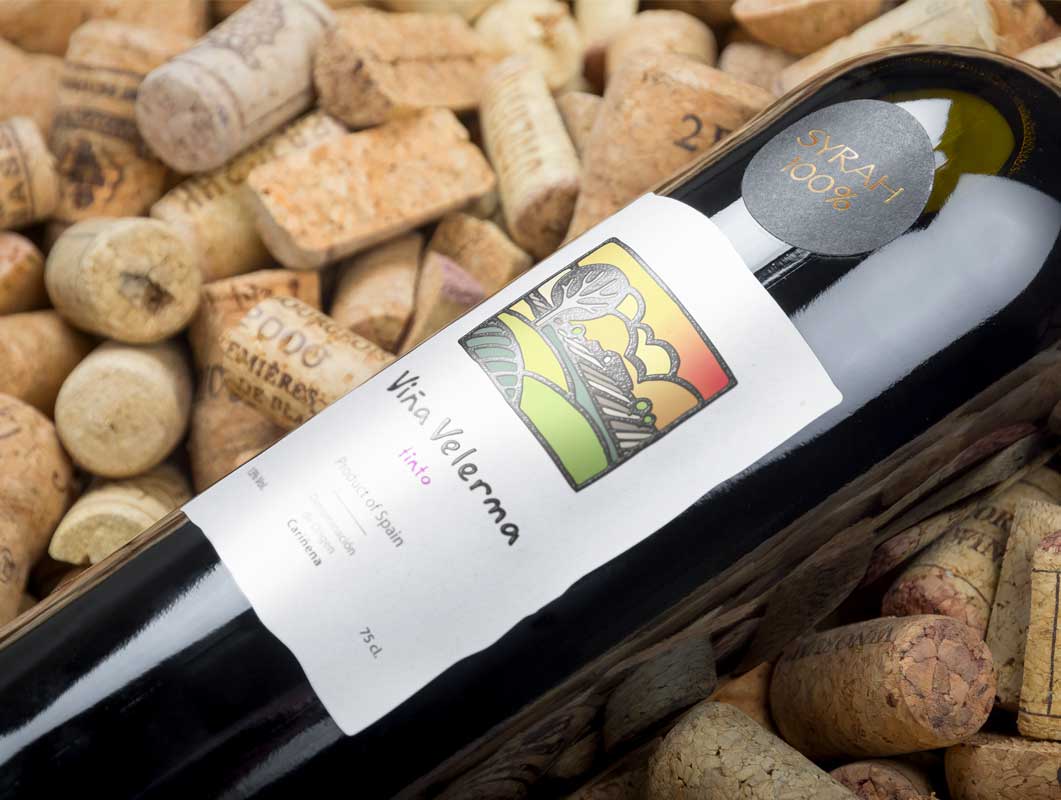

They are capable of killing an opponent in a single swing, after which it will break and be removed from the player's loadout. Similar to the hidden Cavalry Sword located on Rupture, the Wine Bottle must be picked up from specific locations on the battlefield in order to be used. The Wine Bottle is a Battle Pickup featured in Battlefield 1, introduced in the Battlefield 1: Apocalypse expansion.

However the glass may be smashed before the attack, and then gripped by the remaining base of the glass or neck of the bottle with the broken shards protruding outwards.Ĭommon injuries resulting from glassings are heavy blood loss, permanent scarring, disfigurement, loss of sight and potentially death. The most common method of glassing involves the attacker smashing an intact glass in the face of the victim. Glassing refers to a physical attack using a glass or bottle as a weapon. Due to the availability of bottles, they are common forms of weapons, especially at bars or pubs where alcohol is served. Wine is one such beverage that has been produced for thousands of years. Bottles generally contain liquids such as soda, alcohol, etc. It may contain little or inaccurate information.Ī Bottle is a container, typically made from glass or plastic, with a neck that is narrower than the body and mouth. This article is currently under construction. It is short and in need of fortification. Known as the “ piqûre” in the wine world, it gives reinforcement to the bottle when it is stood upright.This article is a stub. Our traditional 75cl bottle therefore came about for practical reasons and offered a way of avoiding a great many headaches.Īnd as for the hollow punt at the bottom of the bottle, far from being some fancy design, it ensures the bottle’s stability. If you would also like to know why wine is generally sold in cases of 6 or 12, it is simply because 1 gallon equals 6 bottles and 2 gallons equal 12 bottles. Since those days, this measure has become the European norm. To facilitate these conversions during the purchasing process, a capacity had to be established which could produce a round number of bottles.īordeaux’s British wine merchant houses therefore found a unit of measure which allowed them to divide a 225-litre barrel into 300 bottles, which was 75cl. The conversion of this quantity into bottles proved a headache for wine merchants. When Bordeaux wines were shipped abroad, they travelled in 50-gallon (225-litre) “tonneaux” or “barriques”.

In those days, while we in France already used the litre unit to measure quantities of liquid, the British used a quite different unit of measure: the gallon, also known as the imperial gallon (1 gallon = 4.54609 litres). This measure was actually chosen in the 19th century by Bordeaux growers and Bordeaux’s British wine merchant houses, at a time when the United Kingdom was the leading importer of French wines. While wine is unquestionably our beloved France’s pride and joy, ironically we owe its unusual bottle capacity to our British neighbours. In fact, the real reason for this 75cl bottle format is an historical one and a quite surprising one, too. Of course, however well-researched and original these theories may be, none of them has any base to them. (It is recognised however that wine stored in larger formats keeps better).


 0 kommentar(er)
0 kommentar(er)
